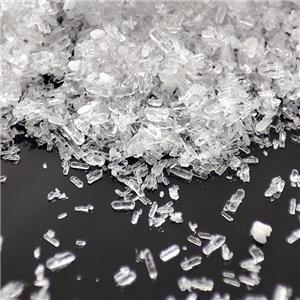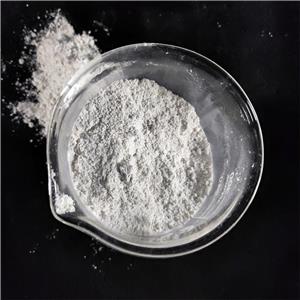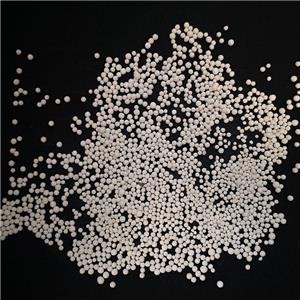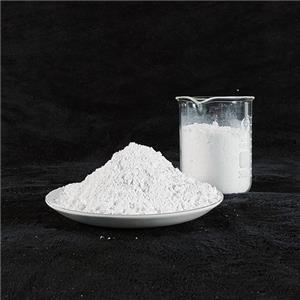what-are-the-advantages-of-magnesium-hydroxide-in-the-field-of-flame-retardants-3
Table: Multifunctional improvement effect of Magnesium Hydroxide Flame Retardant on polymer materials
| Performance category | Improvement effect | Mechanism of action | Typical applications |
| Mechanical properties | Improve hardness, impact resistance, wear resistance | Rigid particles disperse stress and enhance the matrix | Automobile parts, industrial rubber parts |
| Processing performance | Improve fluidity and reduce melt viscosity | Particle lubrication and reduce friction | Plastic products with complex shapes |
| Thermal stability | Broaden the use temperature range | High thermal decomposition temperature and form a protective layer | Electronic and electrical housing |
| Optical properties | Improve whiteness and surface gloss | High whiteness, fine particles are evenly dispersed | High-end home appliance housing |
| Endurance quality | Uv-resistant and anti-aging | Absorb UV and inhibit oxidation chain reactions | Outdoor building materials |
In terms of appearance quality, the contribution of Magnesium Hydroxide Flame Retardant cannot be ignored. High-purity Magnesium Hydroxide Flame Retardant has a natural white color and fine particle size, which can significantly improve the whiteness and glossiness of the product surface. This feature is particularly important for applications such as electronic product housings and home appliance parts that require beautiful appearance, avoiding the dull color problem caused by traditional flame retardants. Fine particles of Magnesium Hydroxide Flame Retardant (especially nano-sized particles) can be evenly dispersed in the matrix, reducing the generation of surface defects such as flow marks and bubbles, thereby improving the appearance quality and dimensional accuracy of the product. Unlike aluminum hydroxide, which generates powdery ash that is easy to fall off after combustion, the combustion residue of Magnesium Hydroxide Flame Retardant is a nucleus-like structure that is not easy to sag, which is particularly critical in certain application scenarios where the appearance integrity needs to be maintained.
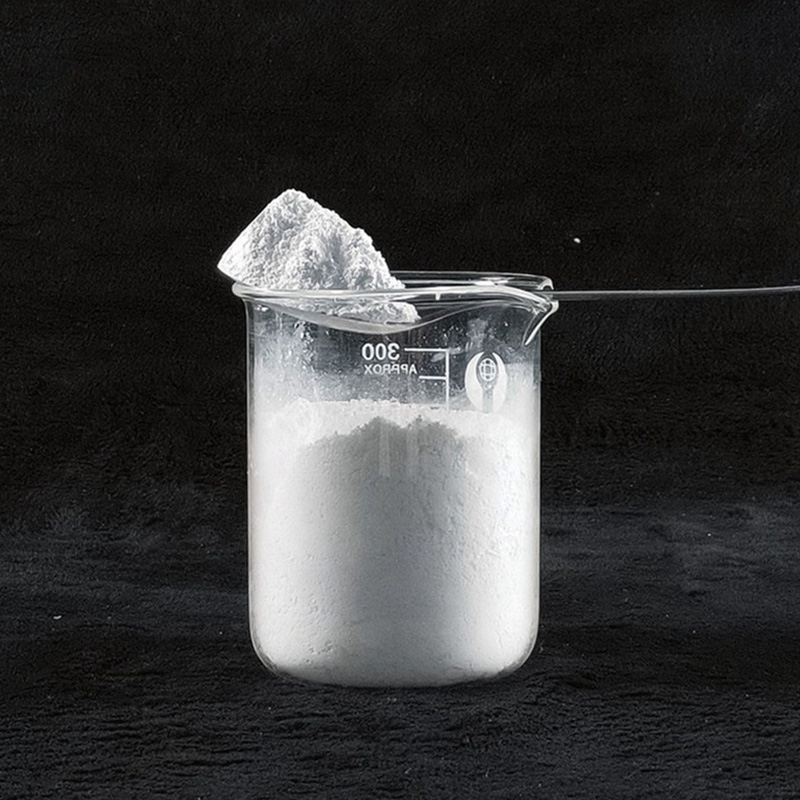
It is particularly noteworthy that Magnesium Hydroxide for flame retardant can produce synergistic effects with other additives, further amplifying its multifunctional advantages. In a polypropylene system used with expandable graphite (EG), the combination of larger particle size EG and Magnesium Hydroxide for flame retardant produces a better flame retardant effect - the expanded carbon layer formed is larger, denser and more continuous, effectively preventing heat transfer, while showing better smoke suppression and less toxic gas release. In the chitosan (CSA)-hollow glass microsphere (HGM)-Magnesium Hydroxide for flame retardant composite aerogel, the synergy of the three creates a unique vertical oriented channel structure, which not only achieves an ultra-low thermal conductivity of 0.035W·m⁻¹·K⁻¹, but also makes the limiting oxygen index (LOI) as high as 50.8, reaching UL-94V-0 level 4. These cases fully prove that through clever formula design, the versatility of Magnesium Hydroxide for flame retardant can be more fully utilized to meet the growing demand for high-performance materials.

